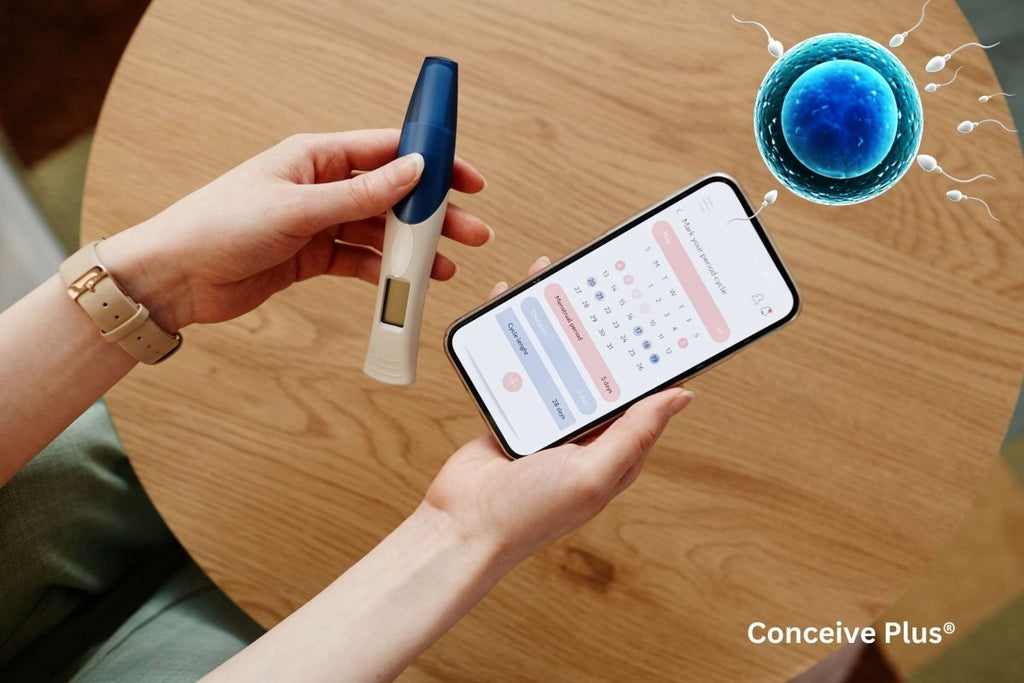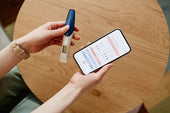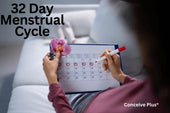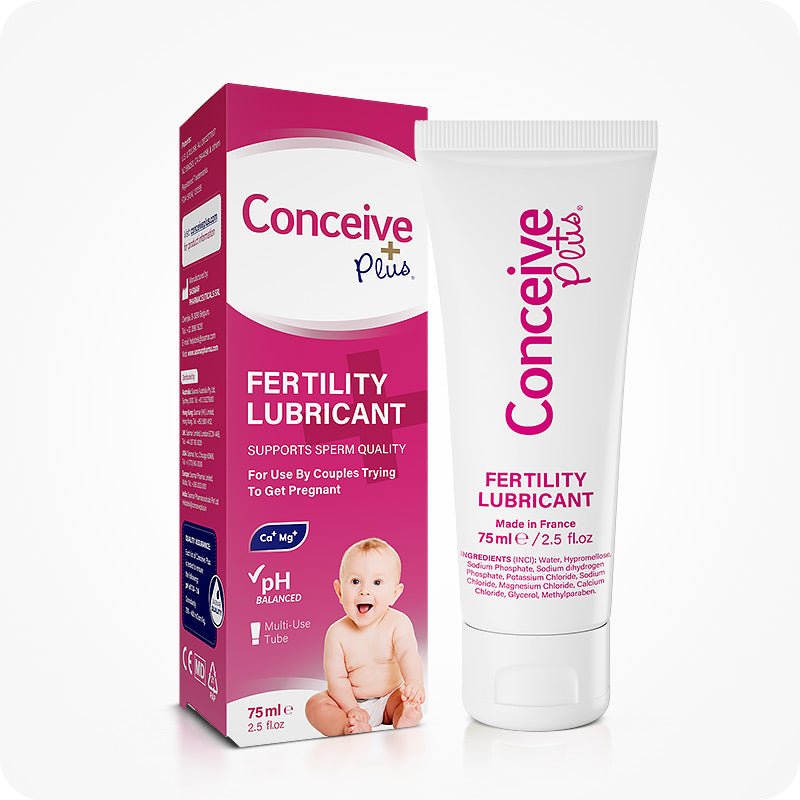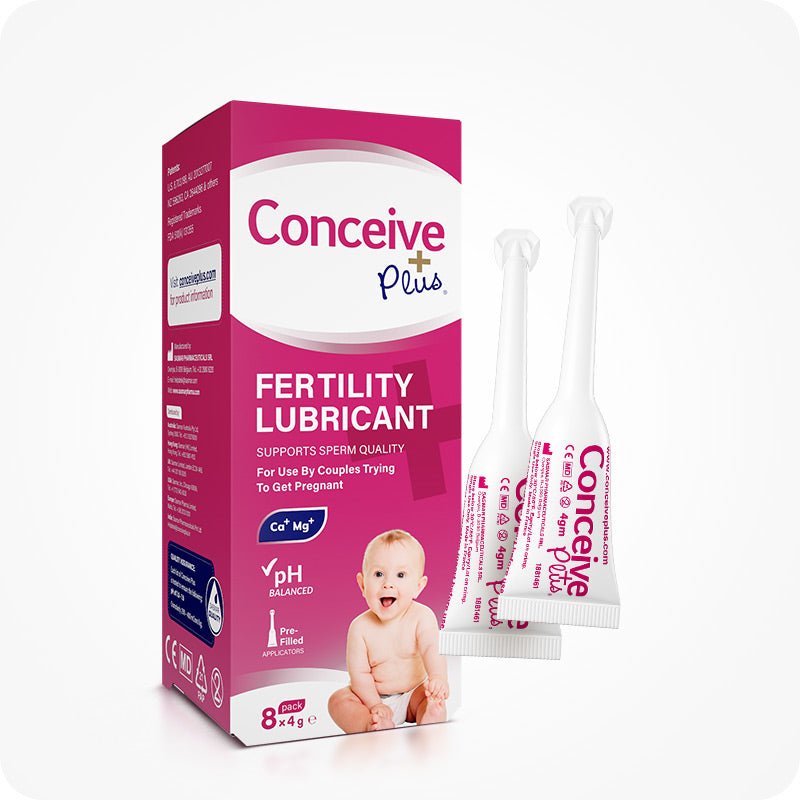How to Calculate Period: A Complete Guide on Period Timings and Cycle Length
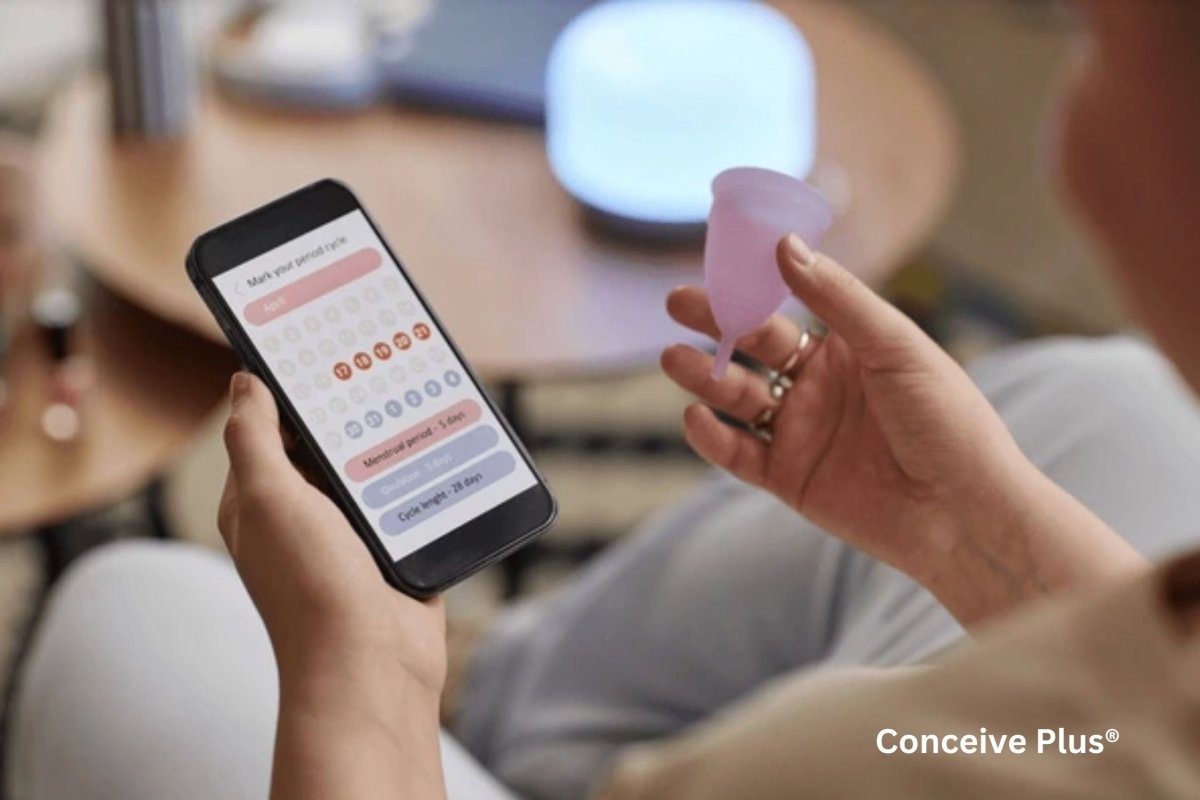
Understanding your menstrual cycle is essential for managing reproductive health, tracking fertility, and anticipating your monthly period. However, many people find themselves confused about how to calculate period timing accurately. Whether your goal is pregnancy planning, identifying irregularities, or simply being prepared, gaining clarity on this subject empowers you to take control of your body.
This guide breaks down the biology of the menstrual cycle, how to count the days correctly, and the tools you can use for effective period prediction. With accurate tracking, you can better answer important questions like “when will my period start?” or “how do you calculate your cycle?” We’ll also cover how to calculate menstrual cycle length and decode the signals your body sends throughout the month.
The Basics of Menstrual Cycle Phases
To properly calculate your menstrual cycle, it’s essential to understand the four phases that occur:
-
Menstrual Phase (Day 1 to around Day 5): This marks the start of your cycle, beginning on the first day of bleeding. During this phase, the uterine lining is shed, resulting in menstruation.
-
Follicular Phase (Overlaps with menstrual phase and continues to around Day 13): Hormones stimulate the ovaries to develop follicles. One follicle matures into an egg as estrogen levels rise.
-
Ovulation Phase (Around Day 14 in a 28-day cycle): The mature egg is released and begins its journey through the fallopian tube. This is the most fertile time in your cycle.
-
Luteal Phase (Day 15 to Day 28): Progesterone prepares the uterus for potential pregnancy. If fertilization doesn’t occur, hormone levels drop, and a new cycle begins.
Knowing these phases helps when figuring out period cycle length and fertile windows. Each person’s timeline may vary slightly depending on cycle regularity and hormone balance [1].
Counting the Days: How to Track a Cycle Accurately
If you've ever wondered how to calculate cycle days or how to count days between periods, the method is straightforward:
- Day 1 of your cycle is the first day of your period (full flow, not spotting).
- Your cycle ends the day before your next period starts.
- The number of days in between gives you your cycle length.
For example, if your period starts on April 1 and your next period begins on April 29, your cycle length is 28 days. This is key if you’re asking, “how to calculate my period cycle?” or “how to calculate cycle length?” [2]
A common question is, “how to calculate monthly period?” The term “monthly” refers to the average 28-day cycle, but cycles can range from 21 to 35 days and still be considered normal.
Cycle Tracking Methods: Manual and Digital Tools
If you’re asking “how can I calculate my menstrual cycle?” or “how to calculate your period?”—the answer lies in consistency. There are two common methods:
Manual Tracking
Using a calendar, mark the first day of your period for several months in a row. This helps establish a pattern and allows you to calculate cycle length manually. This method works well for anyone building their own my cycle calendar system.
Digital Period Calculators and Apps
Today, a period estimator or period calculator makes the process easier. These tools take your input and provide a forecast, answering questions like “period calculator am I late?” or “when will I get my next period?”
Some apps even offer a period prediction feature, notifying you days before your expected start date. This can be useful for planning travel, events, or just managing premenstrual symptoms in advance.
Understanding Irregular Cycles
Not all cycles follow a textbook pattern. If your cycle fluctuates in length from month to month, your ovulation and next period date may shift. This variation can complicate your attempts to estimate when your period is due and you may wonder when will I get my next period?
In such cases, focus on identifying a range. For instance, if your cycle length varies between 26 and 32 days, predict your next period using the shorter and longer ends of your range. This broader estimate still helps you anticipate potential changes and prepare.
Ask yourself: “when will my period start?” If your cycle is unpredictable, working with a healthcare provider can help rule out underlying issues like polycystic ovary syndrome (PCOS), thyroid disorders, or stress-related irregularities [3].
Tracking Ovulation and Fertile Windows
While most people focus on the start of their period, calculating ovulation is equally important—especially for those planning or avoiding pregnancy.
To find your ovulation date:
- Subtract 14 days from your total cycle length. For example, in a 30-day cycle, ovulation likely occurs around Day 16.
This data also assists in period prediction since your luteal phase typically lasts the same number of days each month. Monitoring ovulation also helps you calculate your next expected period, even if you experience spotting or cycle changes.
Hormonal Indicators and Physical Symptoms
Understanding how to measure cycle health involves listening to your body. These symptoms can help determine which phase you're in:
- Rising basal body temperature (BBT): Indicates ovulation has occurred [4].
-
Cervical mucus changes: Thin and slippery mucus suggests fertility.
-
Breast tenderness and mood swings: Common in the luteal phase.
-
Cramps and bloating: Precede menstruation in many cases.
These physical indicators offer clues for how to know when your next period is coming, especially when paired with calendar tracking.
Personalized Questions and Cycle Variations
Let’s explore some frequently asked questions based on different perspectives:
1. How do you calculate your cycle if you just stopped birth control?
Give your body 2–3 cycles to adjust, then start tracking from your first natural period.
2. How to calculate menstrual cycle length if you have short periods?
Cycle length refers to the time between periods, not how many days you bleed. Even if you only bleed for 3 days, your cycle might still be 28–30 days.
3. How to calculate your cycle length if you have long cycles?
Continue to track over several months to find an average. Long cycles (35+ days) may indicate hormonal imbalance but can still be predictable.
4. Can you rely on apps for period schedule planning?
Yes, if you input accurate data regularly. These tools are especially effective once you've tracked several cycles.
5. How to calculate my cycle length after pregnancy?
Postpartum cycles can be irregular at first, especially if breastfeeding. Begin tracking once periods resume to determine a new average.
If you’ve ever wondered whether infertility means missing out on your period—that is, do barren ladies have periods—check out our article 'Do Barren Ladies Have Periods and Can You Be Infertile with Regular Cycles?' for a comprehensive explanation.
The Role of Stress, Diet, and Lifestyle
Cycle tracking isn’t only about counting days—it’s about recognizing influences. High stress, excessive exercise, or sudden dietary changes can delay ovulation and shift your cycle, affecting period schedule.
For example, calorie restriction or overtraining may cause missed or delayed periods. On the flip side, healthy routines and adequate sleep support hormonal balance, helping your body maintain a more regular rhythm.
When considering “how to calculate monthly period,” it’s wise to factor in any changes in your routine that might impact timing or symptoms [5].
Interpreting Late or Missed Periods
If you’re wondering “period calculator am I late?” It depends on your cycle history. A period is typically considered late if it hasn’t arrived within 7 days of your average cycle length.
Use your my cycle calendar or app to confirm the expected date, and consider whether stress, illness, or other factors could be responsible. If your period remains absent, a pregnancy test or consultation with a healthcare provider may be necessary.
Visualizing Your Data for Accuracy
One of the most effective strategies is using a period prediction chart or cycle tracking spreadsheet. By mapping the first day of each cycle and counting the days between, you’ll gain insights into patterns and possible irregularities.
This is especially helpful for teens or people with recently returned periods, who are still learning how to interpret bodily rhythms. Over time, the data helps you answer, “when will I get my next period?” with greater accuracy.
How Digital Tools Aid in Prediction
Beyond tracking, many apps provide analytics that reveal ovulation trends, symptom frequency, and even predict emotional fluctuations based on hormonal phases. For those interested in fertility, apps can also offer ovulation testing reminders or suggest days when intercourse is most likely to result in pregnancy.
These tools effectively transform your phone into a period estimator, offering quick answers to questions like “how to calculate menstrual cycle length?” or “when will my period start?” [6]
Preparing for Future Cycles
Once you’ve learned how to calculate your period, you can use this knowledge to prepare for upcoming cycles. Keep supplies on hand, schedule vacations around your period if needed, and plan for possible symptoms like cramping or mood shifts.
Even if your cycle is irregular, knowing your body’s patterns helps you anticipate changes before they happen. Whether you use a digital period calculator, a traditional calendar, or an app-integrated period schedule, staying consistent with tracking leads to improved confidence and cycle literacy.
If unpredictable cycles have you wondering how to track ovulation with irregular periods, check out our guide 'How to Track Ovulation With Irregular Periods: Empowering Your Fertility Journey' for expert strategies to empower your fertility journey.
The Bottom Line
Understanding how to calculate period timing is foundational to reproductive awareness, whether your goals are fertility, symptom management, or personal preparedness. By tracking start dates, calculating average cycle lengths, and paying attention to physical indicators, you can develop an accurate understanding of your cycle.
Learning how to calculate your cycle length or how to count days between periods isn’t just about math—it’s about interpreting your body’s signals and using tools to forecast future changes. Once you’ve figured out your rhythm, you’ll confidently answer questions like “how to calculate my period cycle?” or “when will my period start?” based on clear, personalized data.
With consistent effort, even those asking “how do you calculate your cycle?” or “how to measure cycle patterns?” will find clarity. Embrace the tools available, observe your body, and refine your process. By doing so, you take control of your health and your cycle—one day at a time.
References
- Thiyagarajan DK, Basit H, Jeanmonod R. Physiology, Menstrual Cycle. [Updated 2024 Sep 27]. In: StatPearls [Internet]. Treasure Island (FL): StatPearls Publishing; 2025 Jan-. Available from: https://www.ncbi.nlm.nih.gov/books/NBK500020/
- ACOG Committee Opinion No. 651: Menstruation in Girls and Adolescents: Using the Menstrual Cycle as a Vital Sign. Obstet Gynecol. 2015 Dec;126(6):e143-e146. doi: 10.1097/AOG.0000000000001215. PMID: 26595586.
- Schmalenberger KM, Tauseef HA, Barone JC, Owens SA, Lieberman L, Jarczok MN, Girdler SS, Kiesner J, Ditzen B, Eisenlohr-Moul TA. How to study the menstrual cycle: Practical tools and recommendations. Psychoneuroendocrinology. 2021 Jan;123:104895. doi: 10.1016/j.psyneuen.2020.104895. Epub 2020 Oct 13. PMID: 33113391; PMCID: PMC8363181.
- Steward K, Raja A. Physiology, Ovulation And Basal Body Temperature. [Updated 2023 Jul 17]. In: StatPearls [Internet]. Treasure Island (FL): StatPearls Publishing; 2025 Jan-. Available from: https://www.ncbi.nlm.nih.gov/books/NBK546686/
- Marshall NE, Abrams B, Barbour LA, Catalano P, Christian P, Friedman JE, Hay WW Jr, Hernandez TL, Krebs NF, Oken E, Purnell JQ, Roberts JM, Soltani H, Wallace J, Thornburg KL. The importance of nutrition in pregnancy and lactation: lifelong consequences. Am J Obstet Gynecol. 2022 May;226(5):607-632. doi: 10.1016/j.ajog.2021.12.035. Epub 2021 Dec 27. PMID: 34968458; PMCID: PMC9182711.
- Lazarevic N, Lecoq M, Bœhm C, Caillaud C. Pregnancy Apps for Self-Monitoring: Scoping Review of the Most Popular Global Apps Available in Australia. Int J Environ Res Public Health. 2023 Jan 5;20(2):1012. doi: 10.3390/ijerph20021012. PMID: 36673768; PMCID: PMC9858738.




